| thông số vật lý |
| bảng nối đa năng |
Kết nối khung gầm ảo 320 Gbps để kết hợp tối đa 10 đơn vị dưới dạng một thiết bị logic duy nhất |
| Tùy chọn mô-đun đường lên |
Mô-đun 10GbE/1GbE chế độ kép 4 cổng với quang học SFP+/SFP có thể cắm |
| Tùy chọn năng lượng |
• 100-120 V/200-240 V; AC 715 W AFO, 1100 W AFO, 1400 W AFO Bộ nguồn dự phòng bên trong chia sẻ tải kép có thể tráo đổi nóng
• Dòng điện khởi động tối đa: 50 ampe
• Số lượng PSU tối thiểu cần thiết cho khung tải đầy tải: 1 trên mỗi công tắc |
| Kích thước (Rộng x Cao x Sâu) |
• 17,4 x 1,7 x 18,4 inch (44,1 x 4,4 x 46,7 cm)
• Chiều rộng lắp đặt máy tính để bàn được nêu ở trên, chiều rộng giá treo: 17,5 inch, (44,5 cm)
• Chiều cao: 1 U |
| Trọng lượng hệ thống |
• Công tắc EX4300 (không có nguồn điện hoặc mô-đun quạt): 13 lb (5,9 kg)
• Công tắc EX4300 (có một nguồn điện và hai mô-đun quạt): 16,1 lb (7,3 kg)
• Nguồn điện AC 350 W: 2,4 lb (1,1 kg)
• Mô-đun đường lên SFP+: 0,44 lb (0,2 kg)
• Mô-đun quạt: 0,33 lb (0,15 kg) |
| phạm vi môi trường |
• Nhiệt độ hoạt động: 32° đến 113° F (0° đến 45° C)
• Nhiệt độ bảo quản: -40° đến 158° F (-40° đến 70° C)
• Độ cao hoạt động: lên đến 10.000 ft (3.049 m)
• Độ cao không hoạt động: lên đến 16.000 ft (4.877 m)
• Độ ẩm tương đối hoạt động: 10% đến 85% (không ngưng tụ)
• Độ ẩm tương đối không hoạt động: 0% đến 95% (không ngưng tụ) |
| làm mát |
• Quạt có thể thay thế tại hiện trường: 2
• Luồng không khí: PSU-7,5 feet khối mỗi phút (CFM); fan-22 CFM
• Tổng lưu lượng gió tối đa với hai nguồn điện: 59 CFM |
| Thông số kỹ thuật phần cứng |
| Mô hình động cơ chuyển đổi |
Lưu trữ và chuyển tiếp |
| DRAM |
8 GB với Mã sửa lỗi (ECC) |
| Tốc biến |
64 GB |
| CPU |
CPU Intel Broadwell lõi kép 2,2 GHz |
| Mật độ cổng GbE trên mỗi hệ thống |
56 (48 cổng máy chủ + bốn cổng 40GbE + mô-đun đường lên 1/10GbE bốn cổng tùy chọn) |
| lớp vật lý |
• Phép đo phản xạ miền thời gian (TDR) để phát hiện đứt cáp và đoản mạch
• Hỗ trợ giao diện tự động phụ thuộc trung bình/giao diện phụ thuộc trung bình (MDI/MDIX)
• Giảm tốc độ cổng/cài đặt tốc độ quảng cáo tối đa trên các cổng 10/100/1000BASE-T
• Giám sát quang kỹ thuật số cho cổng quang |
| lớp vật lý |
• Time Domain Reflectometry (TDR) for detecting cable breaks and shorts: 24P/24T and 48P/48T only
• Auto MDI/MDIX support: 24P/24T and 48P/48T only (all ports)
• Port speed downshift/setting max advertised speed on 10/100/1000BASE-T ports: 24P/24T and 48P/48T only, on all ports
• Digital optical monitoring for optical ports |
| Packet-Switching Capacities (Maximum with 64-Byte Packets) |
960 Gbps |
| Software Specifications |
| Layer 2/Layer 3 Throughput (Mpps) (Maximum with 64 Byte Packets) |
714 Mpps |
| Security |
• MAC limiting (per port and per VLAN)
• Allowed MAC addresses configurable per port
• Dynamic ARP inspection (DAI)
• IP source guard
• Local proxy ARP
• Static ARP support
• DHCP snooping
• Captive portal
• Persistent MAC address configurations
• Distributed denial of service (DDoS) protection (CPU control path flooding protection) |
| Layer 2 Features |
• Maximum MAC addresses per system: 64,000
• Jumbo frames: 9216 Bytes
• Number of VLANs supported: 4093
• Range of possible VLAN IDs: 1 to 4094
• Virtual Spanning Tree (VST) instances: 510
• Port-based VLAN
• Voice VLAN
• Physical port redundancy: Redundant trunk group (RTG)
• Compatible with Per-VLAN Spanning Tree Plus (PVST+)
• Routed VLAN Interface (RVI)
• Uplink Failure Detection (UFD)
• ITU-T G.8032: Ethernet Ring Protection Switching
• IEEE 802.1AB: Link Layer Discovery Protocol (LLDP)
• LLDP-MED with VoIP integration
• Default VLAN and multiple VLAN range support
• MAC learning disable
• Persistent MAC learning (sticky MAC)
• MAC notification
• Private VLANs (PVLANs)
• Explicit congestion notification (ECN)
• Layer 2 protocol tunneling (L2PT)
• IEEE 802.1ak: Multiple VLAN Registration Protocol (MVRP)
• IEEE 802.1p: CoS prioritization
• IEEE 802.1Q: VLAN tagging
• IEEE 802.1X: Port Access Control
• IEEE 802.1ak: Multiple Registration Protocol
• IEEE 802.3: 10BASE-T
• IEEE 802.3u: 100BASE-T
• IEEE 802.3ab: 1000BASE-T
• IEEE 802.3z: 1000BASE-X
• IEEE 802.3ae: 10-Gigabit Ethernet
• IEEE 802.3ba: 40-Gigabit Ethernet
• IEEE 802.3af: Power over Ethernet
• IEEE 802.3at: Power over Ethernet Plus
• IEEE 802.3x: Pause Frames/Flow Control
• IEEE 802.3ah: Ethernet in the First Mile |
| Spanning Tree |
• IEEE 802.1D: Spanning Tree Protocol
• IEEE 802.1s: Multiple instances of Spanning Tree Protocol (MSTP)
• Number of MST instances supported: 64
• Number of VLAN Spanning Tree Protocol (VSTP) instances supported: 510
• IEEE 802.1w: Rapid reconfiguration of Spanning Tree Protocol |
| Link Aggregation |
• IEEE 802.3ad: Link Aggregation Control Protocol
• 802.3ad (LACP) support:
– Number of LAGs supported: 128
– Maximum number of ports per LAG: 16
• LAG load-sharing algorithm bridged or routed (unicast or multicast) traffic:
– IP: S/D IP
– TCP/UDP: S/D IP, S/D Port
– Non-IP: S/D MAC
• Tagged ports support in LAG |
| Layer 3 Features: IPv4 |
• Maximum number of ARP entries: 64,000
• Maximum number of IPv4 unicast routes in hardware: 16,000 prefixes; 32,000 host routes
• Maximum number of IPv4 multicast routes in hardware: 8000 multicast groups; 16,000 multicast routes
• Routing protocols: RIPv1/v2, OSPF, BGP, IS-IS
• Static routing
• Routing policy
• Bidirectional Forwarding Detection (BFD)
• L3 redundancy: Virtual Router Redundancy Protocol (VRRP) |
| Layer 3 Features: IPv6 |
• Maximum number of Neighbor Discovery (ND) entries: 32,000
• Maximum number of IPv6 unicast routes in hardware: 4000 prefixes; 15,000 host routes
• Maximum number of IPv6 multicast routes in hardware: 8000 multicast groups; 16,000 multicast routes
• Routing protocols: RIPng, OSPFv3, IPv6, ISIS
• Static routing |
| Access control lists (ACLs) (Junos OS firewall filters) |
• Port-based ACL (PACL): Ingress and egress
• VLAN-based ACL (VACL): Ingress and egress
• Router-based ACL (RACL): Ingress and egress
• ACL entries (ACE) in hardware per system:
– Port-based ACL (PACL) ingress: 3072
– VLAN-based ACL (VACL) ingress: 3500
– Router-based ACL (RACL) ingress: 7000
– gress shared across PACL and VACL: 512
– Egress across RACL: 1024
– ACL counter for denied packets
• ACL counter for permitted packets
• Ability to add/remove/change ACL entries in middle of list (ACL editing)
• L2-L4 ACL |
| Access Security |
• 802.1X port-based
• 802.1X multiple supplicants
• 802.1X with VLAN assignment
• 802.1X with authentication bypass access (based on host MAC address)
• 802.1X with VoIP VLAN support
• 802.1X dynamic ACL based on RADIUS attributes
• 802.1X Supported Extensible Authentication Protocol (EAP types): Message Digest 5 (MD5), Transport Layer Security (TLS), Tunneled TLS (TTLS), Protected Extensible Authenticated Protocol (PEAP)
• MAC authentication (RADIUS)
• Control plane DoS protection
• Radius functionality over IPv6 for authentication, authorization, and accounting (AAA)
• DHCPv6 snooping
• IPv6 neighbor discovery
• IPv6 source guard
• IPv6 RA guard
• IPv6 Neighbor Discovery Inspection
• Media Access Control security (MACsec) |
| High Availability |
• Redundant, hot-swappable power supplies
• Redundant, field-replaceable, hot-swappable fans
• Graceful Routing Engine switchover (GRES) for Layer 2 hitless forwarding and Layer 3 protocols on RE failover
• Graceful protocol restart (OSPF, BGP)
• Layer 2 hitless forwarding on RE failover
• Nonstop bridging: LACP, xSTP
• Nonstop routing: PIM, OSPF v2 and v3, RIP v2, RIPnG, BGP, BGPv6, ISIS, IGMP v1, v2, v3
• Online insertion and removal (OIR) uplink module |
| Quality of Service (QoS) |
• L2 QoS
• L3 QoS
• Ingress policing: 1 rate 2 color
• Hardware queues per port: 12
• Scheduling methods (egress): Strict priority (SP), WDRR
• 802.1p, DiffCode (DSCP)/IP precedence trust and marking
• L2-L4 classification criteria: Interface, MAC address, Ethertype, 802.1p, VLAN, IP address, DSCP/IP precedence, TCP/UDP port numbers, and more
• Congestion avoidance capabilities: Tail drop, weighted random early detection (WRED) |
| Multicast |
• IGMP: v1, v2, v3
• IGMP snooping
• Multicast Listener Discovery (MLD) snooping
• PIM-SM, PIM-SSM, PIM-DM |
| Services and Manageability |
• Junos OS CLI
• Web interface
• Out-of-band management: Serial; 10/100/1000BASE-T Ethernet
• ASCII configuration
• Rescue configuration
• Configuration rollback
• Image rollback
• LCD management
• Element management tools: Juniper Networks Network and Security Manager (NSM)
• Remote performance monitoring
• Proactive services support via Advanced Insight Solutions (AIS) • SNMP: v1, v2c, v3
• RMON (RFC 2819) Groups 1, 2, 3, 9
• Network Time Protocol (NTP)
• DHCP server
• DHCP client and DHCP proxy
• DHCP relay and helper
• DHCP local server support
• RADIUS
• Junos Space Service Now for automated fault detection, simplified trouble ticket management, and streamlined operations
• TACACS+
• SSHv2
• Secure copy
• HTTP/HTTPs
• Domain Name System (DNS) resolver
• System logging
• Temperature sensor
• Configuration backup via FTP/secure copy |
| Safety and Compliance |
| Safety Certifications |
• UL-UL60950-1 (First Edition)
• C-UL to CAN/CSA 22.2 No. 60950-1 (First Edition)
• TUV/GS to EN 60950-1, Amendment A1-A4, A11
• EN 60950-1 (2006 +A1:2009+A12:2010) Information Technology Equipment—Safety
• IEC 60950-1 (2005 +A1:2009) Information Technology Equipment—Safety |
| Electromagnetic Compatibility Certifications |
• FCC 47CFR Part 15 Class A
• EN 55022 Class A
• ICES-003 Class A
• VCCI Class A
• AS/NZS CISPR 22 Class A
• CISPR 22 Class A
• EN 55024
• EN 300386
• CE |
| NEBS |
GR-1089-Core: EMC and Electrical Safety for Network Telecommunications Equipment |
| Environmental |
Reduction of Hazardous Substances (ROHS) 6/6 |
| Telco |
• CLEI code |



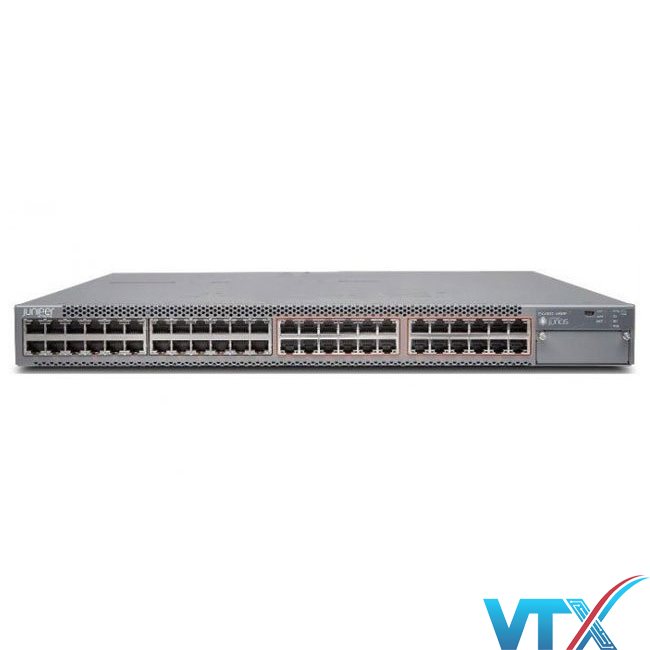
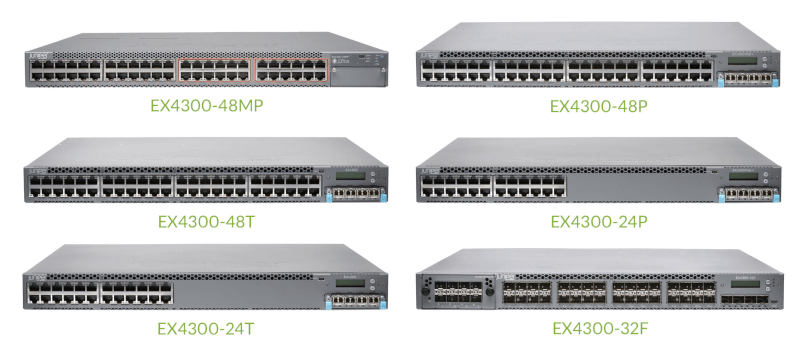
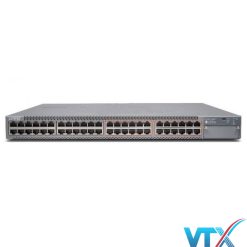
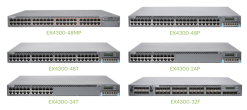
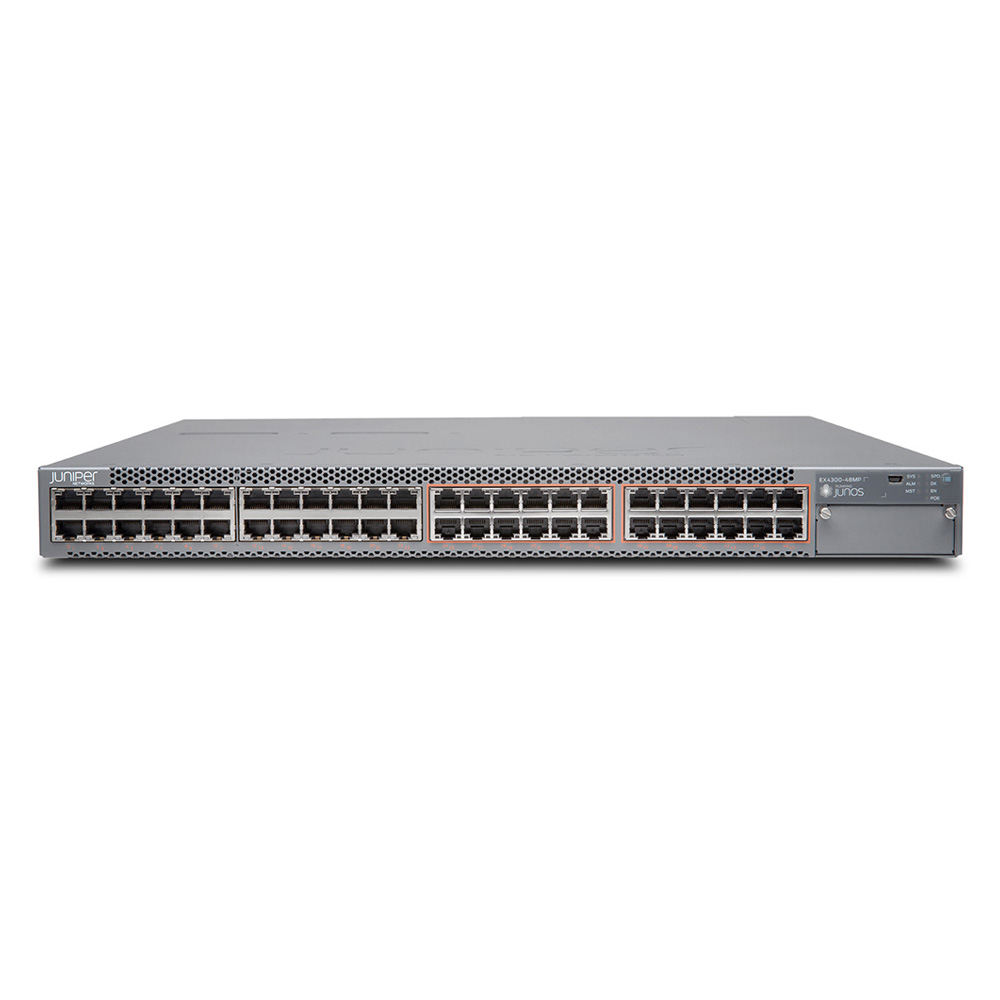


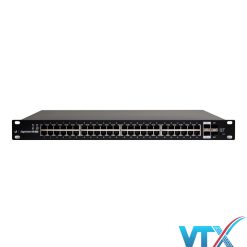
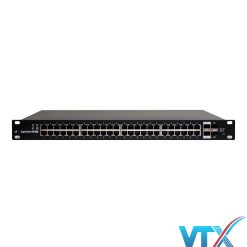
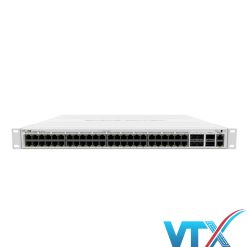
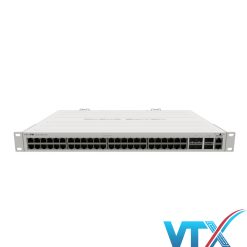
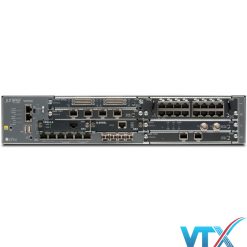
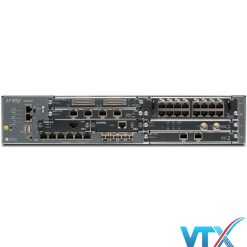
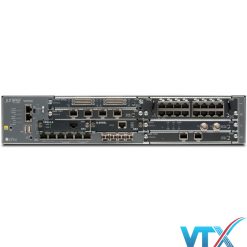
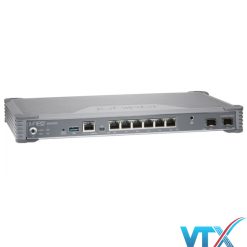
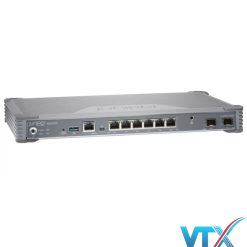
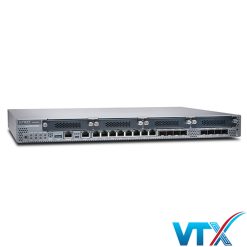
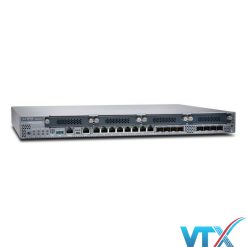
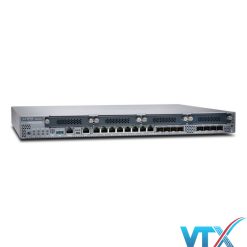

Lý Thu Thủy –
mình muốn xem mẫu, bên bạn có sẵn hàng không
SEO VTX –
bên em đang có sẵn hàng đó ạ